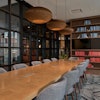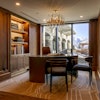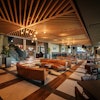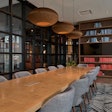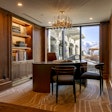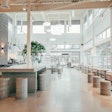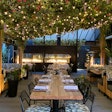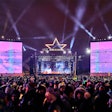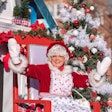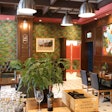More than 1,400 people from 58 countries gathered at the Vancouver Convention Centre beginning February 15 for the five-day TED Conference. The event’s signature 18-minute presentations united around this year’s theme of “Dream,” with more than 70 speakers and performers sharing what TED curator Chris Anderson described as “ideas—some hopeful, some frightening—that will jolt us awake.”
For the first time, organizers streamed the first session talks live to movie theaters in the United State and Canada, where anyone could purchase tickets to watch. Another change for 2016: the concurrent TEDActive conference is gone from the schedule but a new event, TEDSummit, will debut June 26 to 30 in Banff, Canada.
While the main stage presentations remain the focus of the buzzy conference, there were also dozens of immersive experiences and sponsor activations to engage attendees, both inside and outside the venue.
View Slide Show
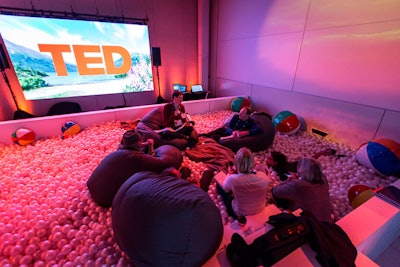
Each year organizers create a variety of lounges where attendees can watch a simulcast of speakers. New this year was a ball pit filled with beanbag chairs and beach balls.

During a talk by Chris Milk, C.E.O. of virtual reality company Vrse, a Google Cardboard viewer and headphones sat on every chair in the theater. Attendees were invited to download his latest virtual reality film and watch it together as he spoke.
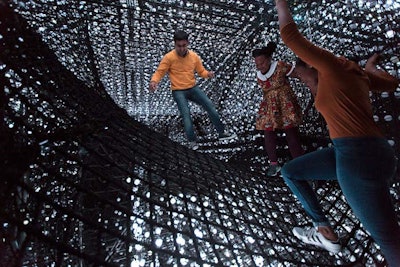
Sponsor Delta Air Lines created an immersive installation to introduce its new collaborative research center dubbed the Hangar. Inside the space, 6,000 LED lights simulated a star-filled sky. Attendees could climb throughout the dream-like environment and then submit innovative ideas for Delta to explore.
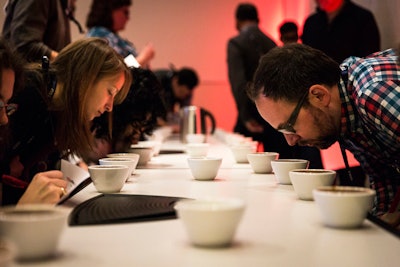
TED invites baristas from around the world to set up coffee stations at the conference. In a workshop hosted by the Specialty Coffee Association of America, attendees also learned about “coffee cupping,” the practice of observing the taste and aroma of brewed coffee.
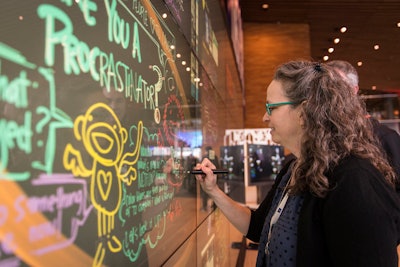
Sponsor Bluescape demonstrated its visual collaborative software by erecting several multi-touch video walls around the conference. On the walls, attendees could read about conference activities and speaker content and bios, watch live streams of presentations, and contribute comments. Attendees could also access Bluescape using a Web browser.

Vancouver architect and past TED speaker Michael Green worked with local design students to create two 16- by 30-foot “warming huts” where attendees could gather outside the convention center. Following the conference, the huts will be permanently installed in one of British Columbia’s outdoor recreation sites so they can be used by climbers, skiers, and outdoor enthusiasts.
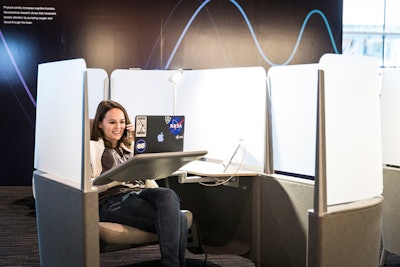
Steelcase, a TED partner for more than 20 years, provided a variety of seating options throughout the convention center. The company’s personal cubicles provided a semiprivate area where attendees could watch the simulcast and do work.

To encourage attendees to mingle, organizers provided blankets and picnic baskets filled with food for six and invited them to find others to share it.

Sponsor Target provided illustrators who created unique pieces of art based on guests’ descriptions of their hopes and dreams.
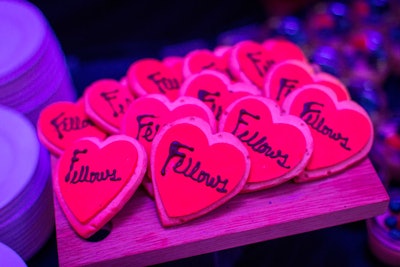
Heart-shaped cookies were an appropriate dessert at a reception for the 21 TED Fellows on Valentine’s Day, the day before the conference opened.
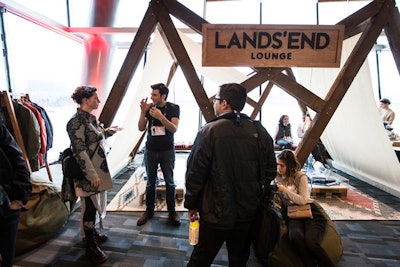
Sponsor Lands’ End created a lounge where attendees could learn about its Sport Collection. The company also provided large totes that served as the conference gift bag.
